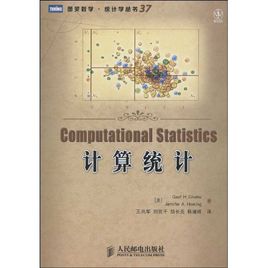Sequential Monte Carlo methods are typically not straightforward to implement on parallel architectures. This is because standard resampling schemes involve communication between all particles. The $\alpha$-sequential Monte Carlo method was proposed recently as a potential solution to this which limits communication between particles. This limited communication is controlled through a sequence of stochastic matrices known as $\alpha$-matrices. We study the influence of the communication structure on the convergence and stability properties of the resulting algorithms. In particular, we quantitatively show that the mixing properties of the $\alpha$-matrices play an important role in the stability properties of the algorithm. Moreover, we prove that one can ensure good mixing properties by using randomized communication structures where each particle only communicates with a few neighboring particles. The resulting algorithms converge at the usual Monte Carlo rate. This leads to efficient versions of distributed sequential Monte Carlo.
翻译:在平行结构中,测序蒙得罗方法通常并不简单。 这是因为标准的重采方案涉及所有粒子之间的交流。 $\ alpha$- 顺序蒙得罗方法最近被提议作为限制粒子之间交流的一个潜在解决办法。 这种有限的交流是通过一系列叫做$\ alpha$- 矩阵的随机矩阵来控制的。 我们研究通信结构对由此产生的算法的趋同和稳定性特性的影响。 特别是, 我们量化地显示, $\ alpha$- 矩阵的混合特性在算法的稳定性方面起着重要作用。 此外, 我们证明, 使用随机化的通信结构可以确保良好的混合特性, 每个粒子只与几个相邻的粒子进行交流。 由此产生的算法会以通常的蒙特卡洛速度趋同。 这导致连续分发的连续版本的有效版本 。



